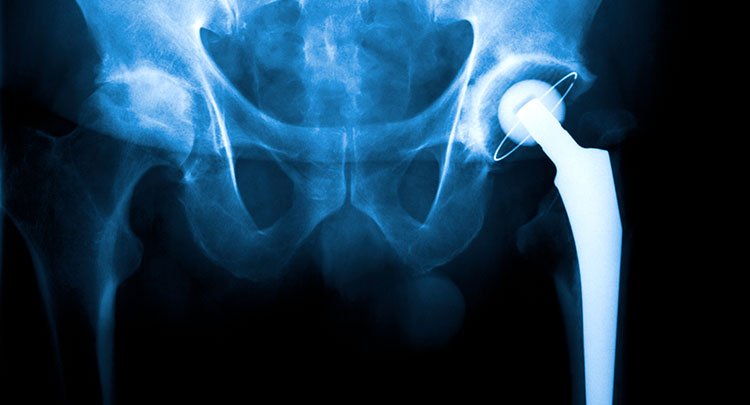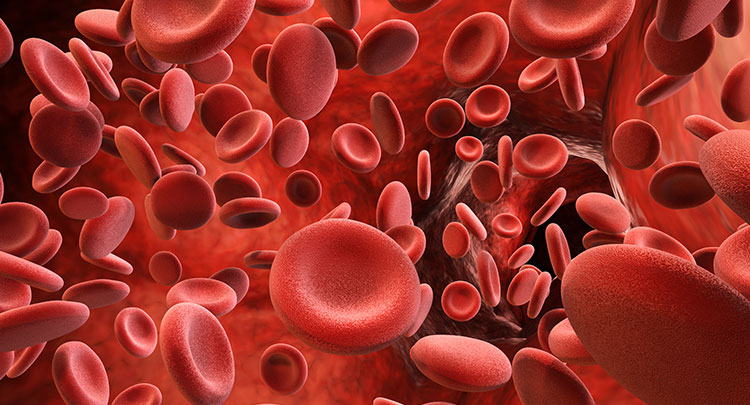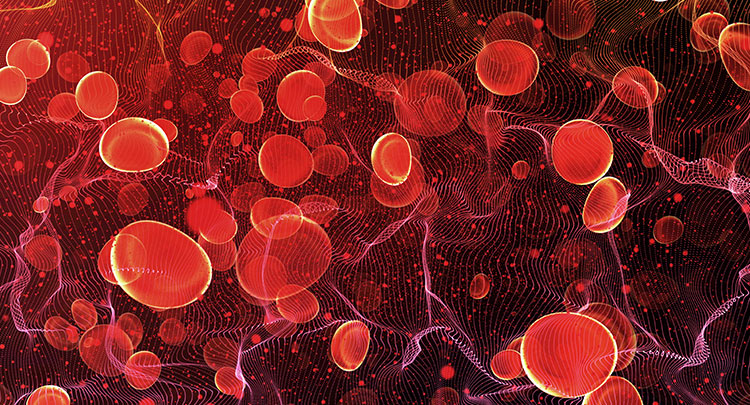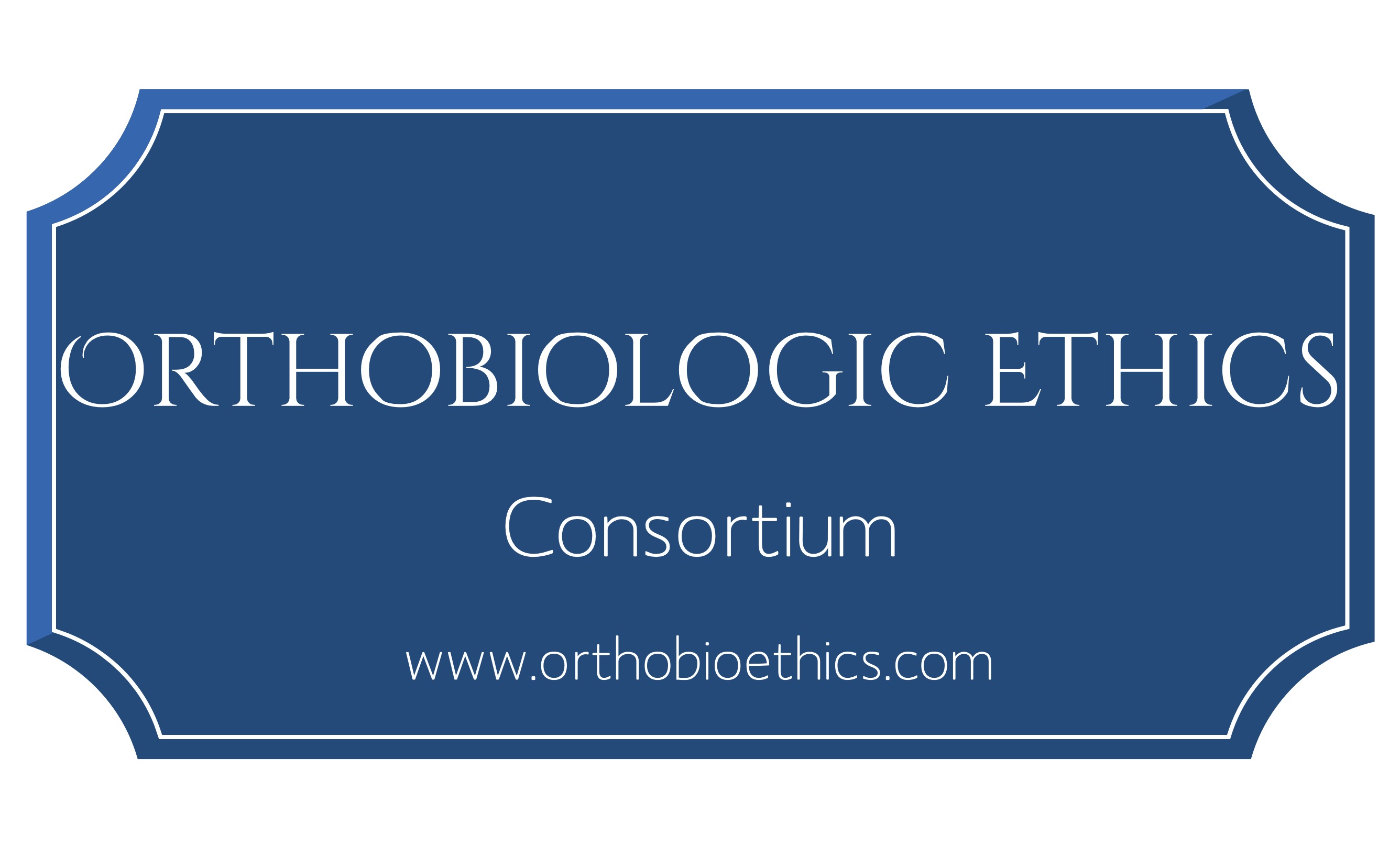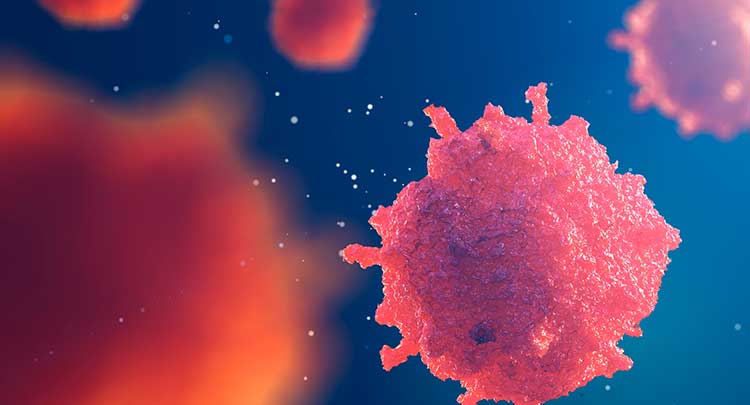
Mesenchyme stem cell therapy is one of the biggest topics when it comes to regenerative medicine. These cells have the ability to change into a number of different cells depending on their location in the body and which tissue requires healing. This ability is referred to as multi-potency. This makes these cells a great option to help with a range of different joint and tissue injuries, whether they involve cartilage, tendons, ligaments, or osteoarthritis.
Who is Dr. Arnold Caplin PhD?
Dr. Arnold Caplin PhD is the scientist who first discovered mesenchyme stem cells, and he is known as the father of mesenchymal stem cells. Dr. Caplan is a Professor of Biology at Case Western Reserve University, and he is also the Director of the Skeletal Research Center there. He attended the Illinois Institute of Technology to receive his bachelor’s degree in chemistry, and he received his PhD from John Hopkins University School of Medicine. Dr. Caplan began his work at Case Western Reserve in 1969 as an Assistant Professor of Biology, and he became a professor in 1981.
Caplan’s work in stem cell therapies began in the early 1980s, and by the end of the decade, he and his colleagues had perfected the technology needed to isolate these stem cells and grow their cultures in a laboratory setting. Then, in the 1990s, Caplan was able to begin to use mesenchyme stem cell therapy in practice.
What are Dr. Caplan’s Findings and How are Stem Cell Therapies Advancing?
Initially, because of the ability of these stem cells to change into a number of different cells, Dr. Caplan hoped that they would be able to be used to engineer and create new tissues that could be inserted into damaged or diseased areas of the body. This idea has been explored by a number of scientists for more than 30 years, and newer methods are beginning to show more promise in this regard.
Discoveries have been made that all mesenchyme stem cells originate from pericytes, which are contractile cells that are found around capillaries all over the body. Because of this, stem cells are able to be generated from nearly every tissue throughout the human body.
In relation to tissue healing, Dr. Caplan noticed that the healing process of tissues changes as humans age. Children experience very little scar tissue formation when a tissue is injured. A specific example of this is the healing of bones. If a child gets a fracture, the bone is able to quickly replace old cells, restoring function efficiently. However, adults take much longer to heal from fractures, and the final tissue often contains a large amount of scar tissue.
He also found that adding mesenchymal stem cells to injury sites can improve the healing process, and that the number, activation, and function of these cells affect their ability. He determined that the effectiveness of these cells depends on three factors, which he called the when, where, and how.
The When, Where, and How
The timing of stem cell injection is critical. After an injury, inflammation is common at the site. After this initial period, which usually lasts around 48 hours, collagen often floods the area to provide a base layer for scar tissue to form. But, by inserting stem cells, the production of these collagen fibers is inhibited, protecting the site and reducing scarring. It is important to note that injecting stem cells more than seven days after an acute injury significantly reduces their effectiveness. This is not the case for chronic damage.
If damage is in a specific muscle or joint, such as spinal discs or synovial joints, injection of cells directly into the joint has been shown to be effective. Mesenchymal cells can also be used to heal blood vessel or heart damage, and inserting stem cells directly into the heart has been shown to be more effective than injecting them into a peripheral vein.
Dr. Caplan has also provided insight into the best means of delivering these stem cells. The most common means of delivery are injections into muscles, joints, or veins. A newer method that is growing in popularity is delivery to the upper sinus delivery using steam. This method is commonly used to provide treatments to patients with MS, ALS, or Parkinson’s disease.
The Future of Mesenchymal Stem Cells and Dr. Caplan
Dr. Arnold Caplan PhD still continues his work using stem cells as a form of regenerative medicine nearly 40 years after he began. Currently, he is working on cartilage tissue engineering at Case Western Reserve University. He is attempting to produce engineered cartilage constructs that can be inserted into damaged tissue and effectively serve all of the needed functions of the replaced tissue.
He is also working on obtaining various pieces of equipment and developing imaging techniques to increase his ability to track cartilage tissue differentiation in the body and better predict tissue behavior. Although he is currently focusing on cartilage tissue, the information he is discovering will be able to be used to improve the use of stem cells in other tissues as well.
https://cartilage.org/member/caplan-arnold/
https://www.ncbi.nlm.nih.gov/pmc/articles/PMC4529977/
